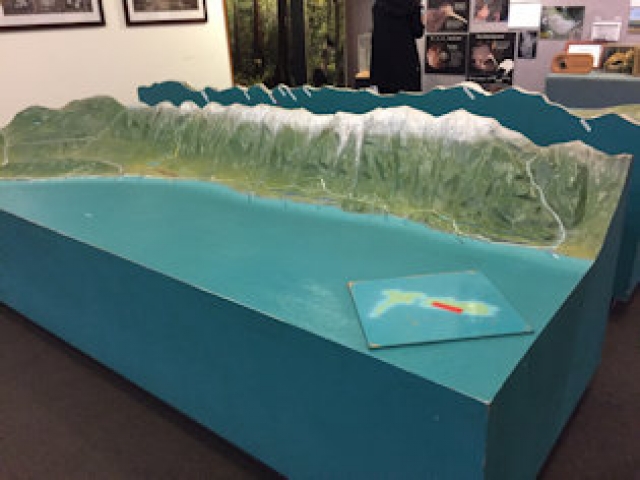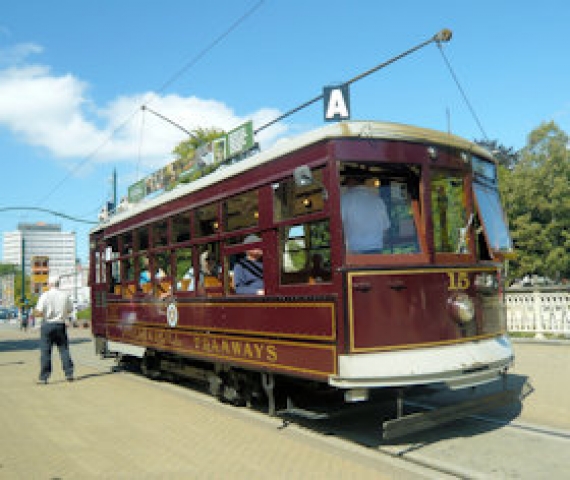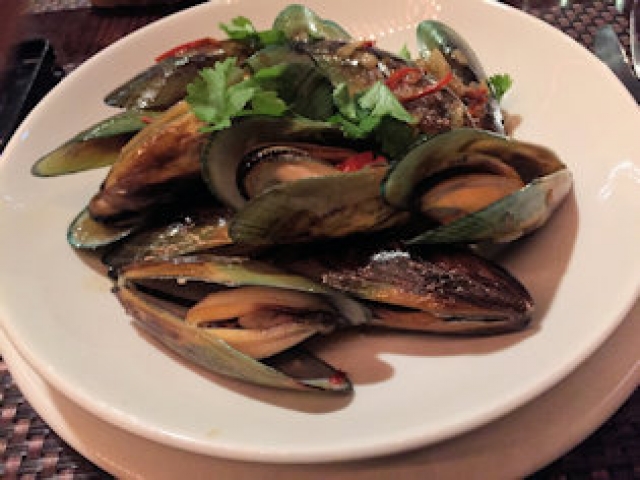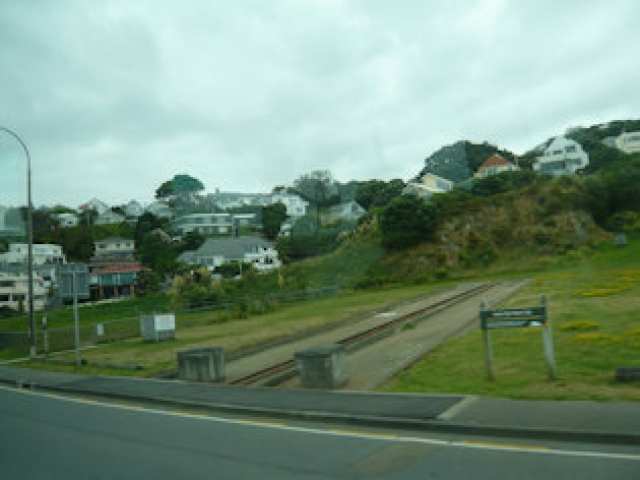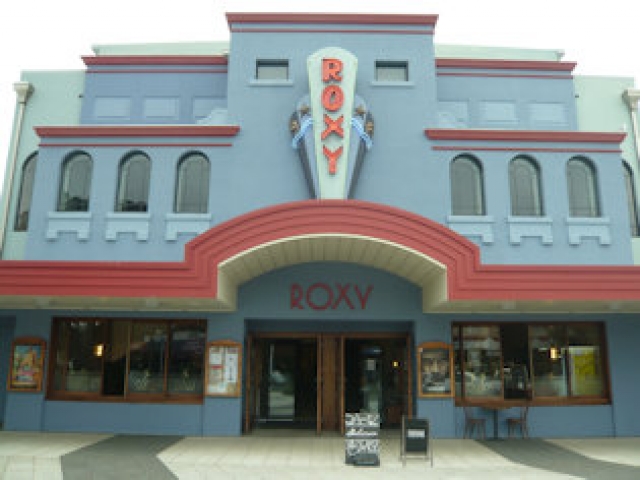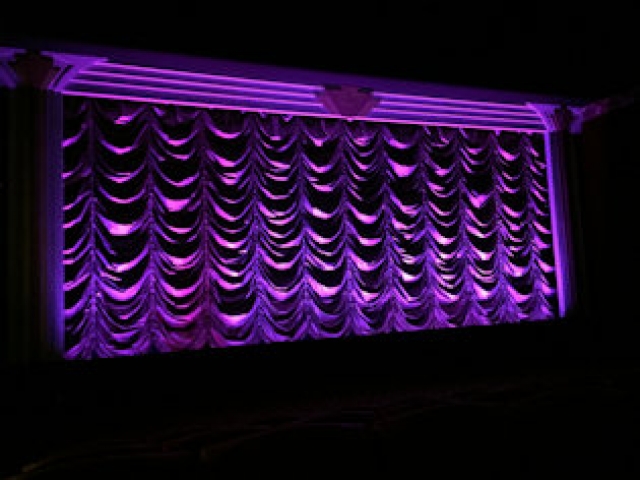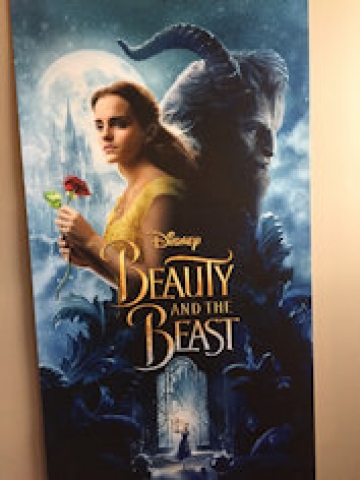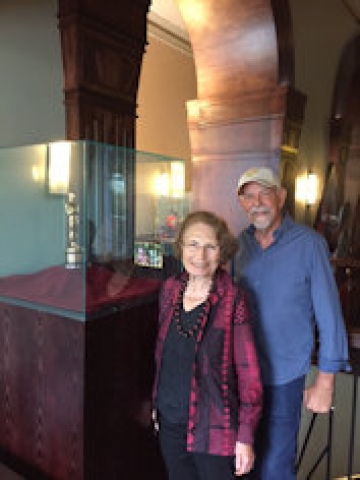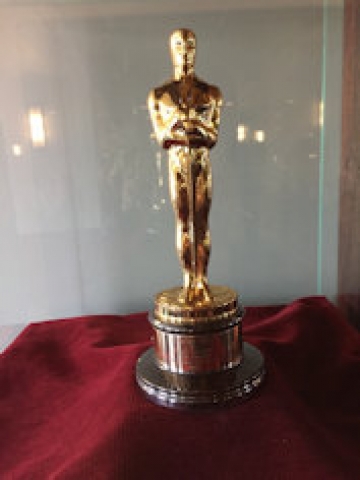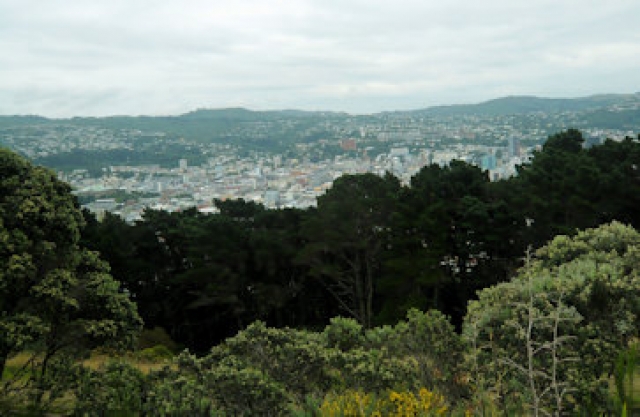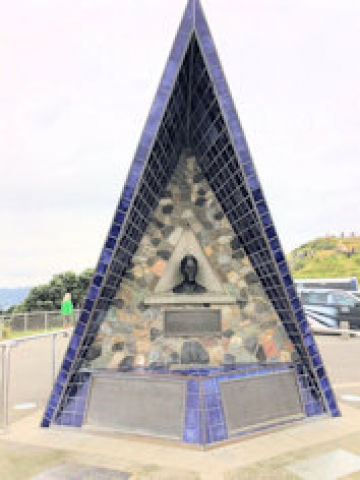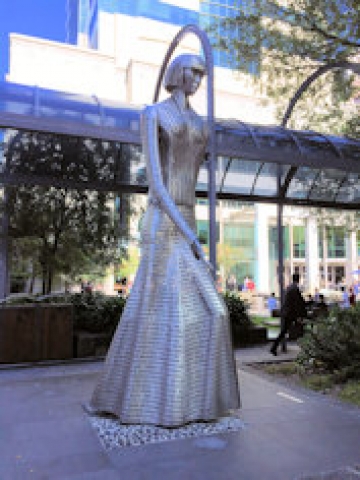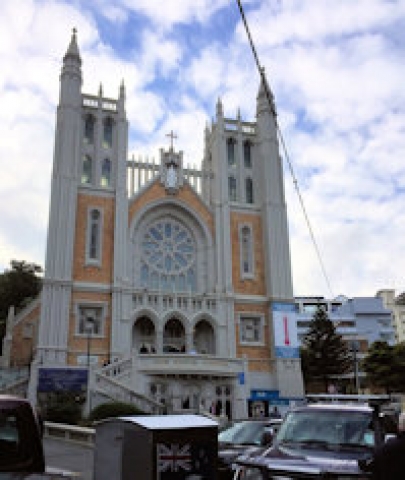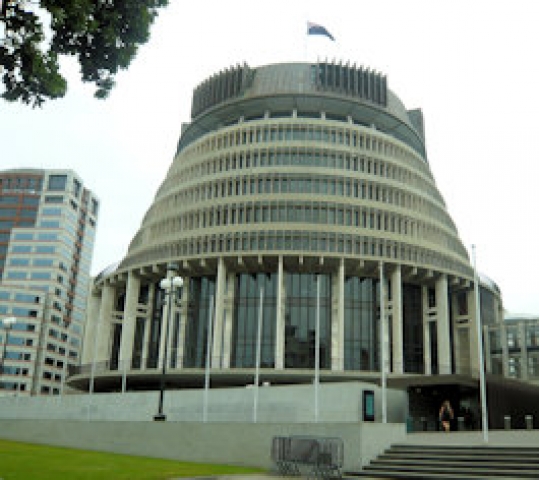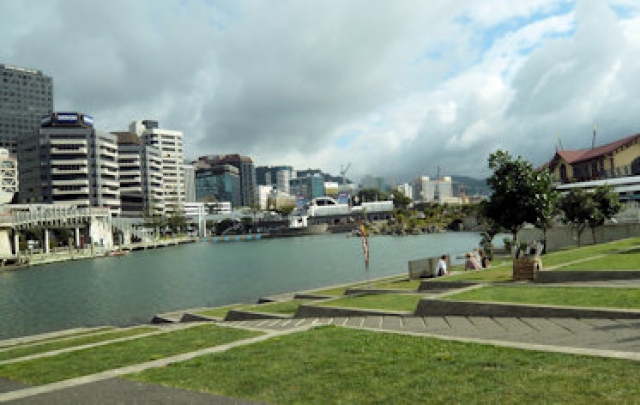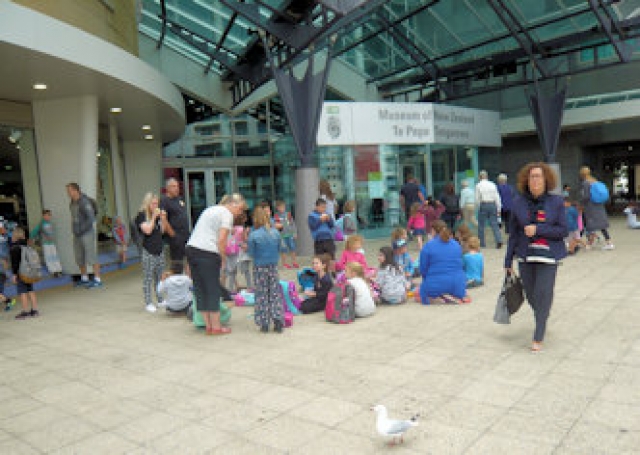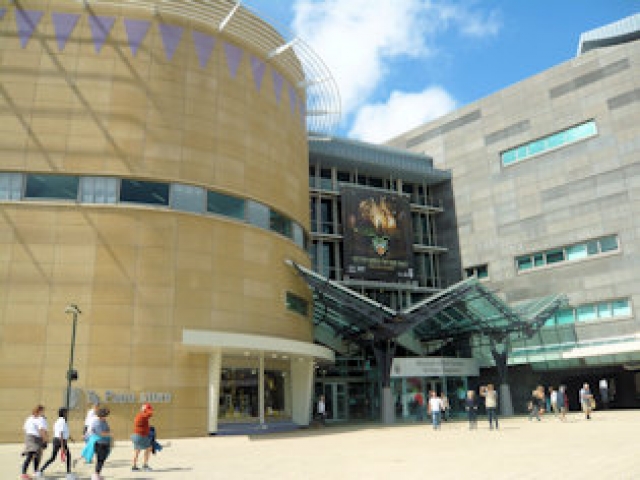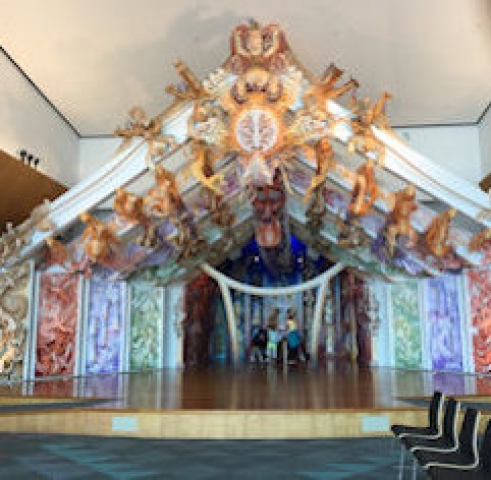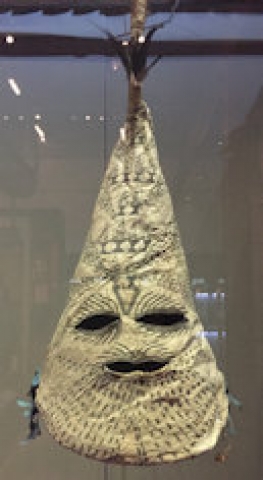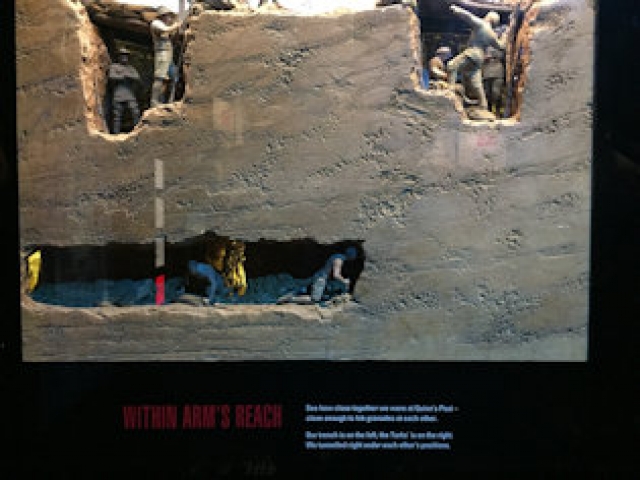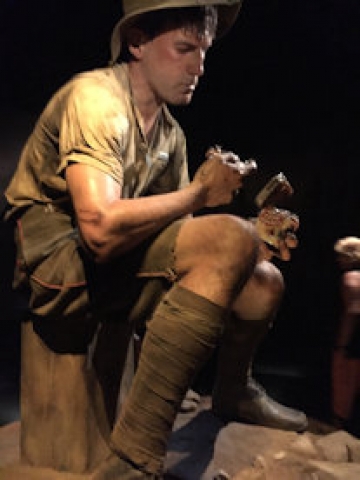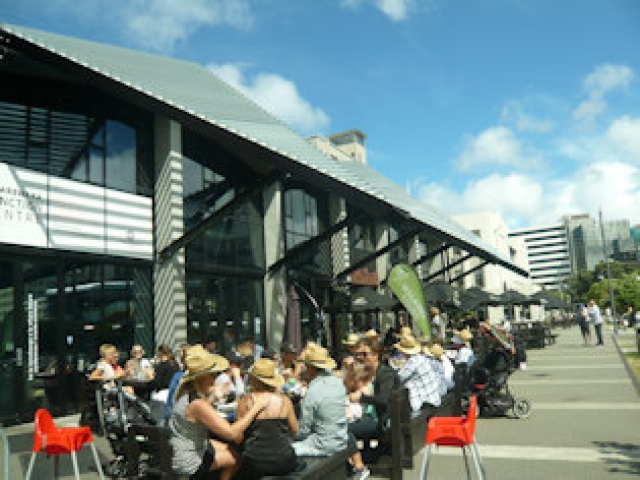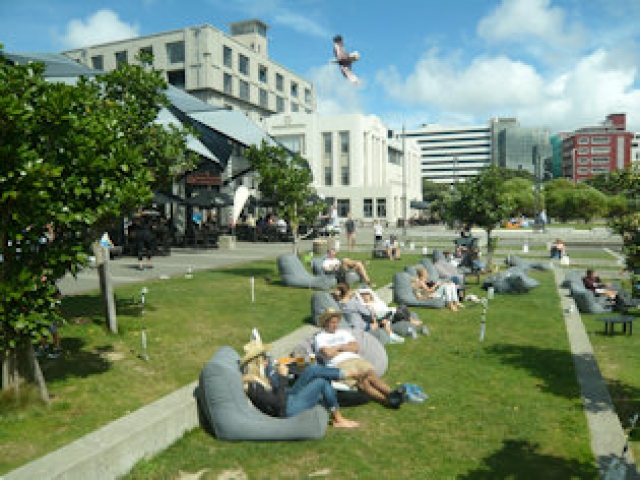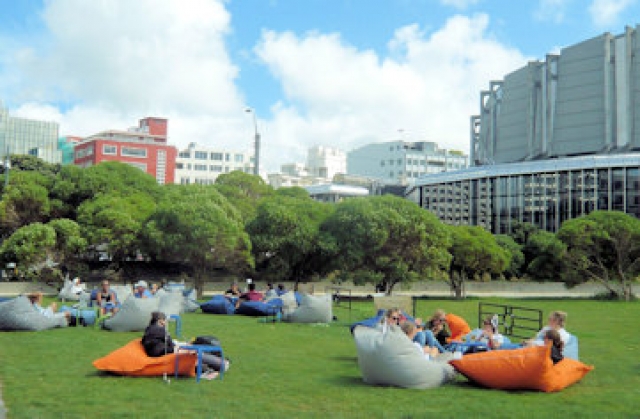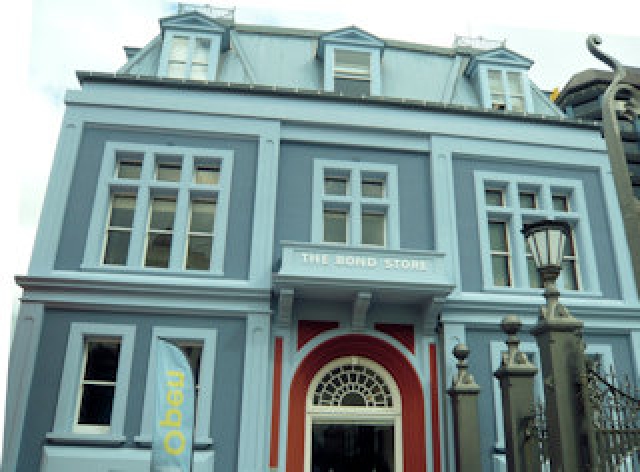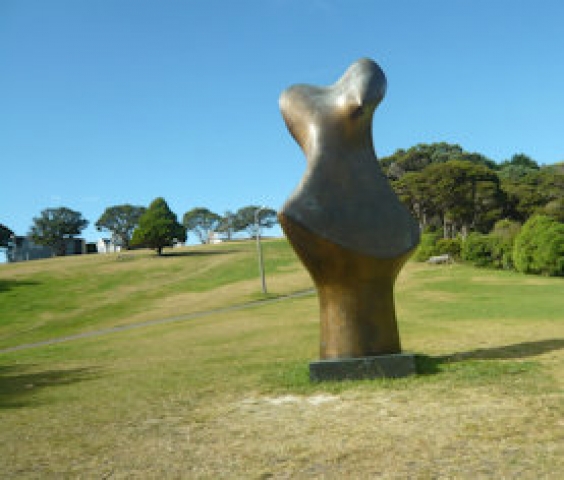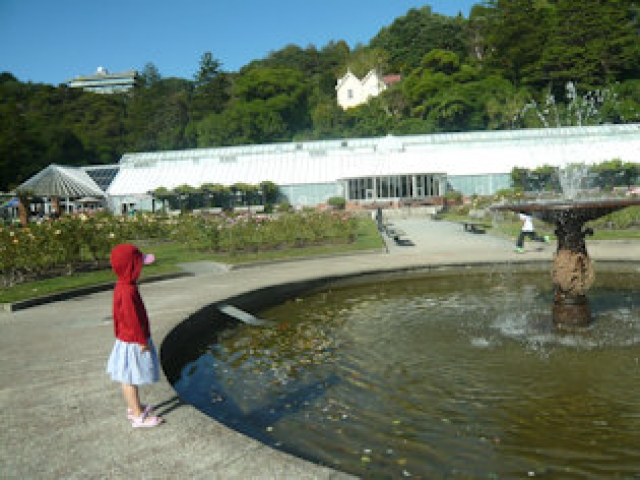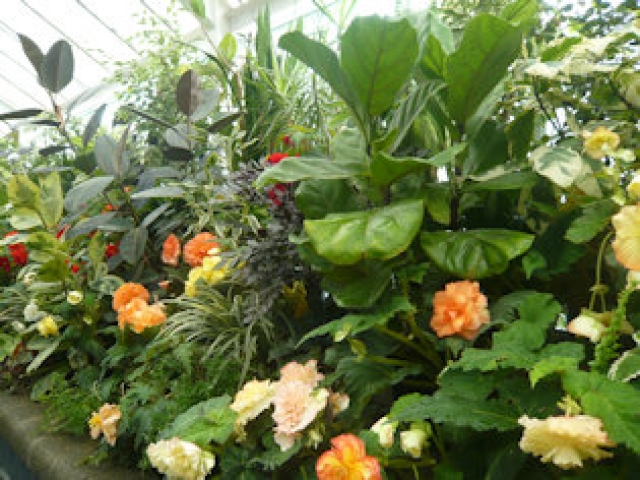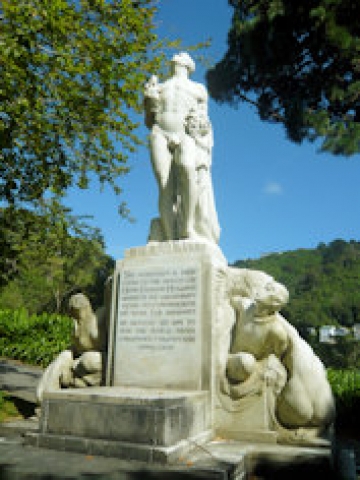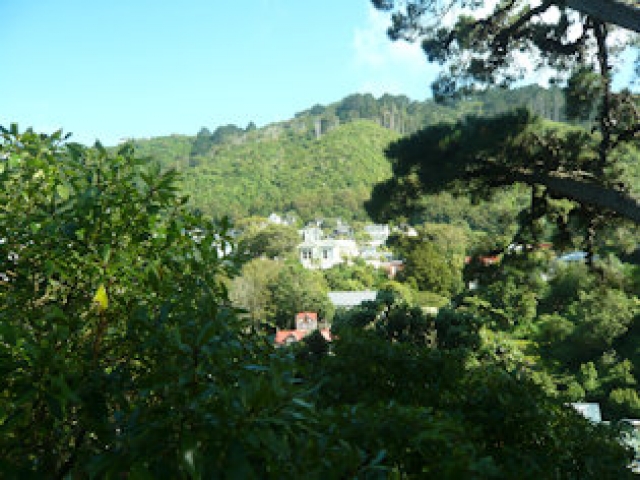New Zealand's Urban Wonders
Christ Church and Wellington
By: Zeren Earls - Jun 26, 2017
Following a wondrous adventure on the South Island’s West Coast, from snow-capped mountain peaks to a craggy coastline and several national parks and farmlands in between, we returned east via Arthur’s Pass at an elevation of 920 meters, ending in the coastal city of Christ Church. Spending only half a day here due to massive restoration work resulting from two major earthquakes in 2010 and 2011, we then flew to Wellington, the capital city.
Our brief visit to Christ Church was limited to the town center on foot and then a tour by tram. While fenced-off areas and scaffolding around historic buildings, such as the cathedral, were a common sight, so were contemporary buildings constructed in recent years, showing the resilience and determination of the residents to build anew. Accustomed to construction clutter and noise, residents enjoyed the summer’s warm rays in outdoor cafes or playing chess in Cathedral Square. An environmental protest against a proposed irrigation system took the form of a tower of stones heaped within a circular wire armature, reminding people of their hard-won conservation orders. The Canterbury Earthquake National Memorial honored those who had perished during the earthquake, with a row of wreaths lining the riverbank.
An hour-long flight from Christ Church took us to Wellington, situated on the North Island, just across Cook Straight from the South Island. After settling in at the centrally located Rydges Wellington Hotel, we were on our own to explore the many places to eat in the bustling city. This opportunity introduced me to New Zealand’s unique green-lipped mussels – a large mussel with a dark green shell edged with a bright green “lip”. These mussels were the most flavorsome I have ever tasted!
The following morning, our city tour began southeast of Wellington center in the suburban town of Miramar, hub of the movie industry and home to the Roxy cinema, harking back to 1920s architecture. Restored to the splendor of its golden days, the still-operating movie house also functions as a museum of the region’s bygone movie industry. A statue of Sir Ian McKellan as Gandalf the Grey in The Lord of the Ring arrests the attention of anyone passing in front of the building. An inscription on a plaque next to it reads: “All we have to decide is what to do with the time that is given to us.” The editor of the movie, for which he received an Oscar, took us on a tour, including the theater with its purple velvet curtains and cushioned seats. Posters of films such as Beauty and the Beast and Batman adorned the interior walls. The editor also shared with us a view of his Oscar award, on display within a glass case.
On the way back to town, we visited Coffee Educators, a small start-up run by its founding director to train people with different abilities to earn a living. Here we enjoyed a cup of cappuccino, topped with a flower design created by drawing into the thick foam with a fine straw.
Going up Victoria Hill provided a panoramic view of the city with its beautiful harbor surrounded by steep hills. Victoria Hill is home to two monuments – a hand-carved totem and a triangular one shaped in stone brought from a glacier region in Antarctica. The former honors the native Maori culture and the latter is dedicated to the Antarctic Treaty. Signed by twelve nations, including New Zealand, in December 1959, the treaty set aside Antarctica as a preserved scientific area for investigation and international cooperation to prevent nuclear explosions. An inscription at the base demonstrates the subordination of national interests to the wider cause of science and increased understanding between nations, and bans military activity.
Wellington offers an energetic big-city feel, yet is walkable to many points of interest. One such place is the Beehive, the popular name for the executive wing of the Parliament complex, because of the building’s shape. The 72-meter-tall building has 14 floors, two of which are below ground. The offices of cabinet members and the Prime Minister, as well as meeting rooms, radiate out from a central core and are connected to another building by an underground walkway. A unique aspect of the building is its earthquake-proofing using the technique of base isolation – a way of separating the original foundation and placing it on rubber bearings, which reduces the impact of an earthquake. Organized tours are available for visitors.
Another city highlight is the Te Papa National Museum of New Zealand, which stands at the edge of Wellington harbor. Meaning “Our Place” in Maori, Te Papa is a six-story museum in two attractive connected buildings, with collections ranging from natural history to Maori and Pacific Islander artifacts, and even includes an impressive exhibit on the Battle of Gallipoli. The entrance level welcomes visitors to a functioning marae (communal center) reflecting contemporary Maori art and design. The museum’s most treasured area is a traditional whare (gathering place for ancestors) dating from 1840. The style of the house, constructed by master carvers, is defined by the interplay of light and shadow, reflecting the dramatic effect of changing light upon the landscape. No photography is allowed in the area.
Native specimens of plants and animals, including fossils, comprise the natural history section of the museum; canoes and masks from various parts of the eastern Pacific are among the Pacific Islander displays. Also in this section is a barrel which visitors can rotate to line up similar words in four Pacific languages and hear the likeness in sounds. The museum terrace offers a splendid view of Wellington harbor, thus also providing an opportunity for panoramic pictures.
After standing in a long line for about 20 minutes, I was able to enter the crowded halls of the block-buster exhibit on the Battle of Gallipoli, displaying life-size battle scenes of soldiers from New Zealand fighting the Ottoman army in 1915, during WWI. Recruited to the allied forces by the British Empire to capture the Dardanelles, Australian and New Zealand soldiers fought bravely in Gallipoli, leaving thousands dead on Turkish soil. The exhibit shows how important mates and memories of home were to young men fighting in the grim warfare in Turkey. Since then, local war memorials have been a focus for community service around the country on April 25, called Anzac Day and honoring war-time deaths. The exhibit’s final display of red paper poppies, reminiscent of the hills of Gallipoli, beckoned visitors to take one home; poppy in hand and with a heavy heart, I exited the building.
Afterwards, during time on our own, I walked around the waterfront, lined with outdoor cafes and bean bags enticing patrons to relax on lush lawns. Continuing my leisurely walk, I crossed the attractive bridge between the sea and the city, arriving at Wellington Museum, located in a historic building called the Bond Store. The three-story house was conceived by a Maori chief as a container of ancestral treasures, like the tail feathers of the huia bird, neck pendants, combs, and other items of personal adornment, which hung from the rafters.
To easily navigate the museum, I was directed to take the elevator to the third floor and begin in the attic, where there are set pieces for a Wellington film, a “time machine” traveling through a colorful past, and a tribute to the building’s architect and architecture. Using the stairs, I then descended to the second level to view a multi-media presentation of ancient narratives in addition to carved and woven stories. After viewing the city’s maritime history and a map of its harbor on the first level, I descended to the ground level to browse the museum shop. Not far from Wellington Museum is the New Zealand Academy of Fine Arts, in another historic building, which formerly housed the wharf offices. The academy had a special exhibition of student works along with works by teachers. All were available for purchase, with some already marked as sold.
On our final day in Wellington, we had a free morning to explore. I took the iconic red cable car up to the botanical gardens. Situated on a hill, the beautiful gardens in Kelburn Park offer sweeping views of the surrounding hills, with residential homes and the city below. The gardens have a greenhouse, illuminated fountains, and a variety of multi-color rose beds, protected by using natural pest control, such as ladybirds and other predators, and avoiding toxic sprays. The park’s extended green lawns are home to bronze sculptures, including one by Henry Moore (1898-1986). Called “Inner Form”, the sculpture, suggestive of the human form, was cast in 1988 after the sculptor’s death and is a private gift to the city of Wellington.
On the way back, I opted to walk downhill instead of taking the cable car. The scenic road goes past the Bolton Street Cemetery (1848-1892), which has commemorative marble statuary identifying burial sites of prominent people of the time. Returning by foot offered a majestic descent to a different area of the urban core near the train station. Following a quick lunch, we departed for the airport to catch a flight to Auckland, where we connected to our international flight back to Los Angeles, thus ending a wonderful 18-day journey.
As I reminisce about New Zealand, what stands out the most is the country’s pristine natural beauty, with snow-capped mountains and multi-hued open vistas, along with its friendly people, who seem to have come to terms with their varied history and learned to understand and respect one another – a rare find in our turbulent times.


